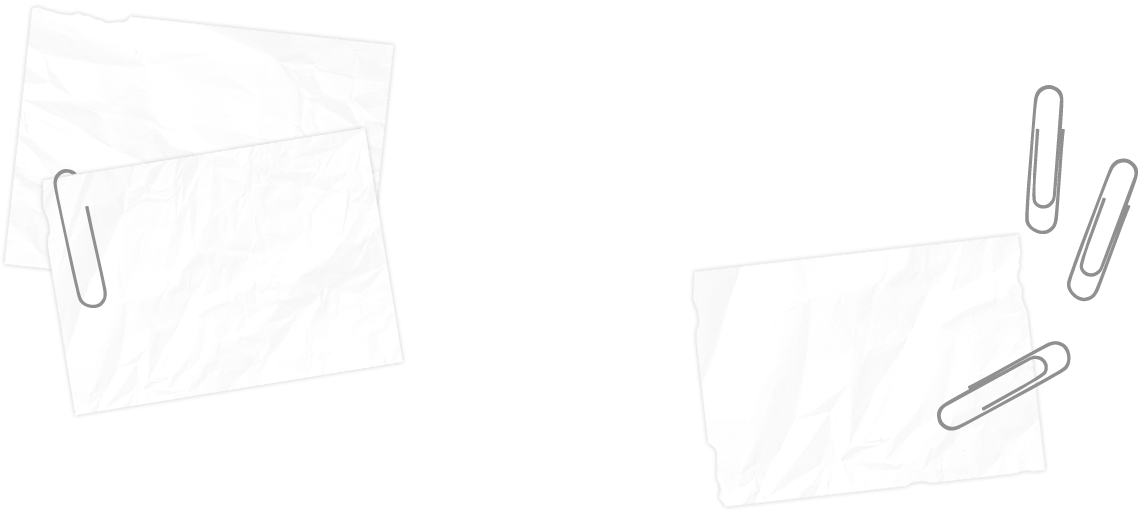Cyber Bullying Detection Using Social Network Analysis



Figure 1: Example of a social relationship graph between two users. The message “stop farting on people” exchanged between these users was missed by automated text-based bullying detectors, but the surrounding social structure (e.g. low number of nodes in the supporting network) provided vital clues for correct detection. Here, node A is the bully and node B is the victim. All nodes are anonymized.
In this research, We denote the ‘global social network’ as a graph G=<V,E > where V is the set of all nodes and E is the set of directed edges over those nodes. The 1.0 ego-network of a node v as the graph G1(V1,E1) such that V1 contains all of the nodes u, and there exists an edge (v, u) in E, and that E1 contains all the edges from v to the nodes of V1. Relatively, we denote by the 1.5 ego-network the graph G1.5(V1.5,E1.5) such that V1.5 has the same nodes with V1, but E1.5 consists of E1 plus all direct links between the nearest-neighbors of v.
In Figure 2(a), the ego node A is marked as a square, while the neighbors are marked as triangles. The edges of the 1.0-ego network i.e. E1 are shown using solid lines while the edges in 1.5 are shown via dashed lines. In this work, we focus on building 1.5 ego-networks as they capture a reasonable level of social context (me, my friends, and the relationships between them) while still keeping the data requirements and computational complexity low.
As shown in Figure (b), we combine the 1.5 ego-networks of the two users, the sender(A) and the receiver(B) to determine their online relationship graph. This relationship graph between sender(A) and receiver(B) contains the edges between these nodes. We also use directed, weighted edges to represent all communication information for relationship graphs all 1-path neighbors of either the sender(A) or the receiver(B), and all the edges between these nodes. We also use directed, weighted edges to represent all communication information for relationship graphs.

Figure 2(a): A 1.5 ego-network, (b): A relationship graph defined by combining the 1.5 ego-network graphs of the sender and the receiver.